Off to new shores! Everyone’s getting into that situation in life, where you have to change your location, pack your belongings and move into a new home. But how are you supposed to do that with an aquarium in your luggage?
Apart from the usual method of removing everything from the tank, transporting all components individually, there’s also other options for heavier planted tanks or aquascapes. These methods have the benefit, that the roots of the present aquatic plants keep the substrate together and ensure a good stability of the substrate and decoration, even if the transport gets a little wonky.
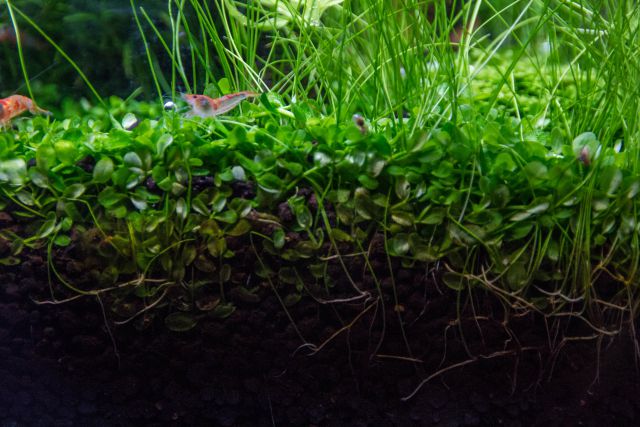
The root system keeps the soil together pretty well.
Preparations
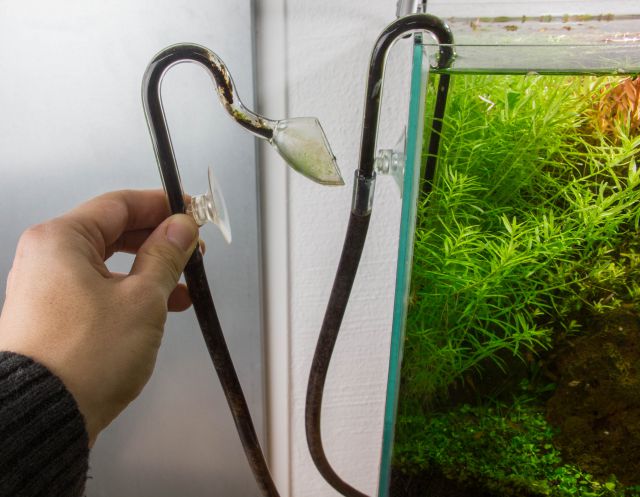
Any equipment in and around the aquarium should be dismounted first. This facilitates not only the later transport but also the capture of the aquarium inhabitants. If you have difficulties catching the animals, you should try to lure them with food. This increases the chances immensely, especially with shrimp.
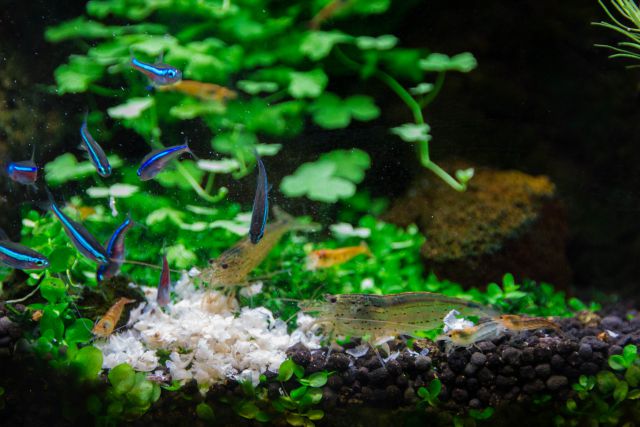
Quick or shy fish can be better caught in the night, when the lighting phase of the aquarium is over and the fish are already resting. A lowered water level will make catching fish and other inhabitants much easier, since they’ll have fewer opportunities to hide. Transport should be done using appropriate fish transport bags as known from your average aquatic animals dealer. If need be, buckets can be used as well, but they are not completely filled with water and covered to prevent fish and shrimp from escaping.
Draining the tank
As a principle, it is all about reducing as much weight as possible. This means in any case, draining as much water as possible from the tank. With a constantly decreasing water level, it is wise to use continuously thinner hoses when draining the water.
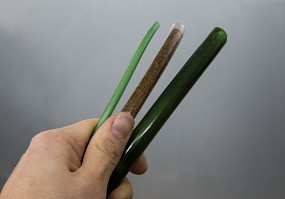
Use a 4/6 mm air hose, to remove the last remains of water. To reach the water in the substrate, it is advisable to dig a little hollow in one corner of the tank (if possible, down to the floor pane). Apply the hose there.
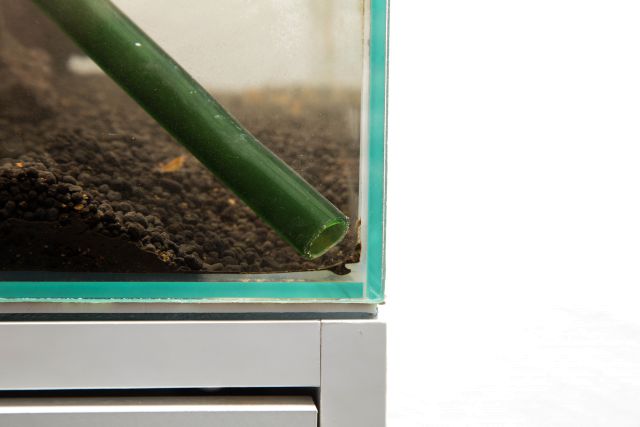
The rest of the free volume and especially exposed hardscape and remaining tech is stabilized with light padding. Filter cotton, bubble wrap or crunched-up paper is excellent for this purpose. To maintain a certain level of humidity for the plants, the aquarium is finally sealed with cling film.
If it wasn’t possible to catch all animals from the tank, you may leave a minimal water level of a few centimeters. In that case, the transport should happen as quickly as possible in order to be able to refill the aquarium promptly to keep the stress levels as low as possible for your animals.
Transport
The readily packed tank can now be moved. The floor pane should be kept free from excessive stress/load and should be supported with your hands or by putting it onto a wooden board or pallet.
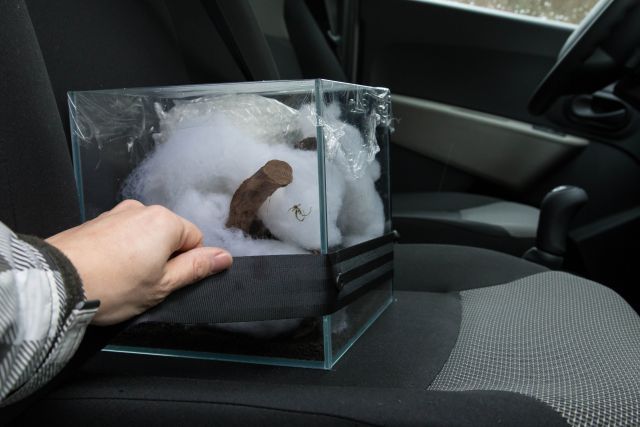
In the car, the aquarium should be secured against inadvertent movement. Ropes or straps help a lot with the fixation. Blankets and similar fabrics serve to buffer out gaps between the seat and aquarium. The vehicle should be operated very carefully, driving calmly and with foresight.